America's most endangered historic houses
The most at-risk heritage homes in the US
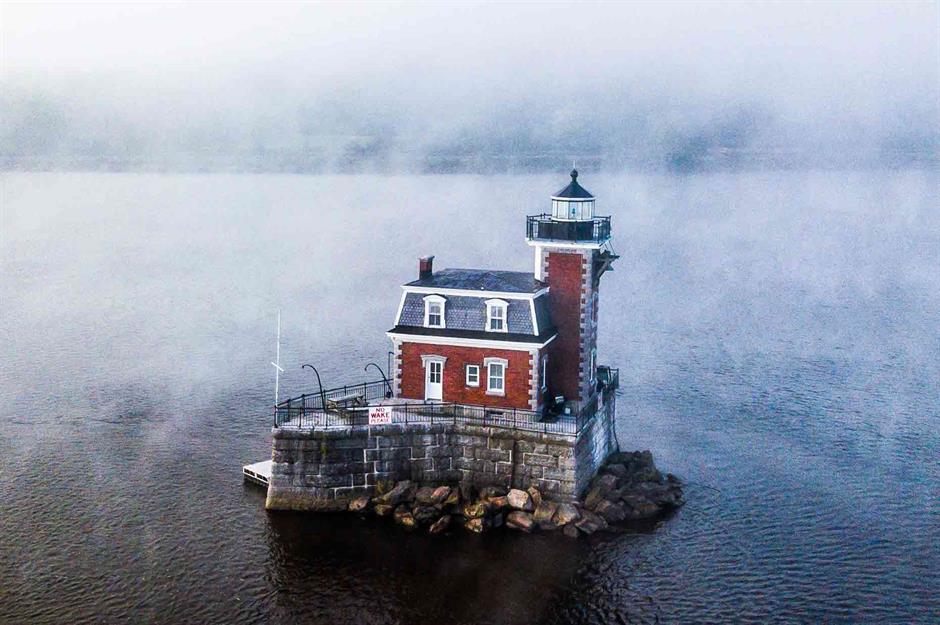
Threatened with serious damage or all-out destruction, America's most endangered historic houses face a very bleak future if immediate action isn't taken to rescue them from the brink of ruin. We reveal some of the heritage homes that are most at-risk in the US right now, as highlighted by the National Trust for Historic Preservation and state-specific preservation societies.
Click or scroll to discover their fascinating stories...
Dr. Horace Drew Mansion, Jacksonville, Florida
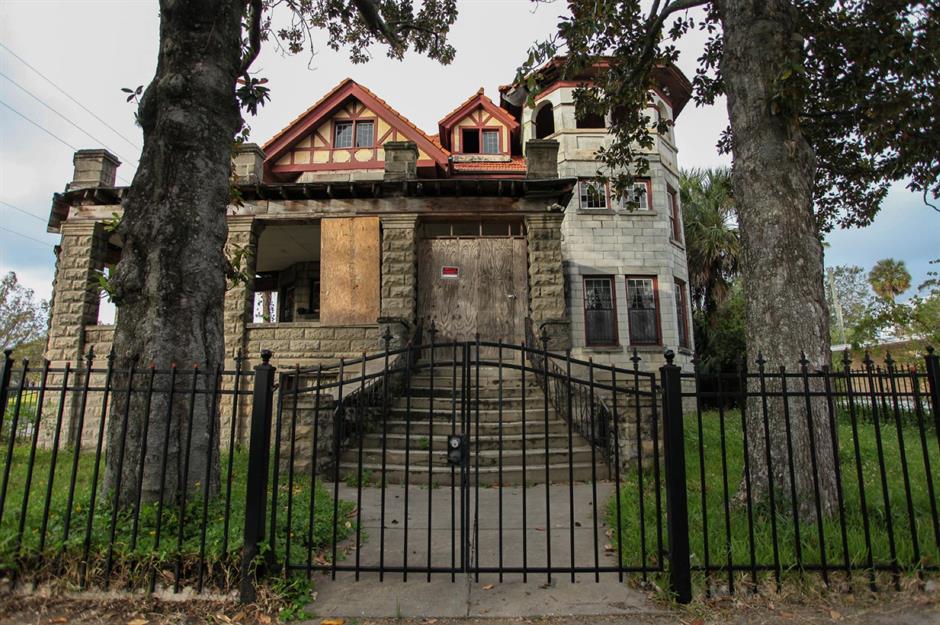
This abandoned mansion overlooking Klutho Park in Jacksonville, Florida was once one of the finest homes in the neighbourhood. Most of the house is made from smooth concrete blocks, while the front hexagonal porch was built with Ashlar stone.
Constructed in 1909 by renowned physician Dr. Horace Drew and photographed here by Leland Kent of Abandoned Southeast, it features an eclectic mix of styles from the early 20th century, including Tudor Revival, Queen Anne and Spanish Colonial Revival.
Dr. Horace Drew Mansion, Jacksonville, Florida
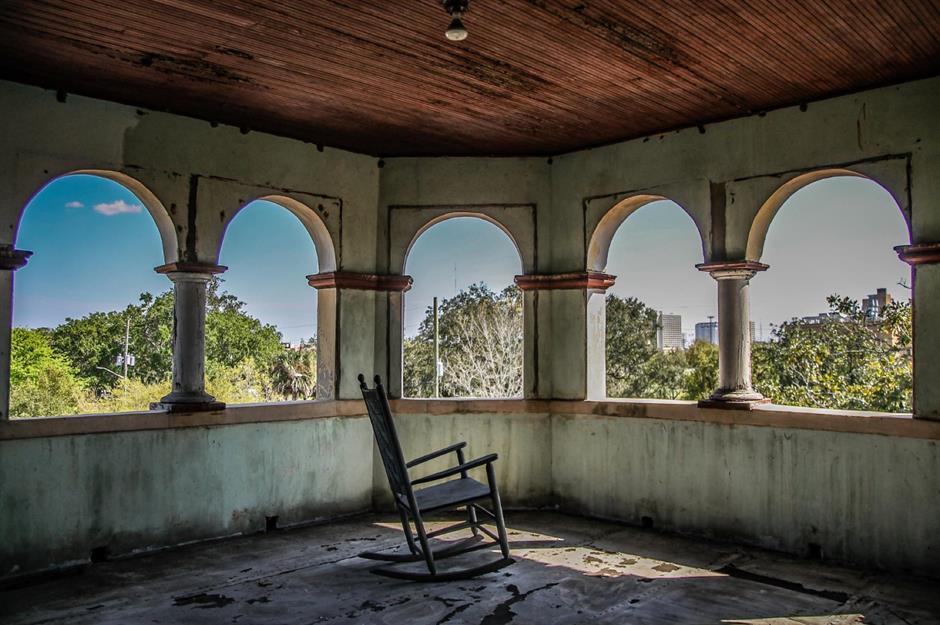
As well as his work in the medical field, Dr. Horace Drew owned a successful printing company. He lived at this property with his family until he died in 1926.
Among the curious features of the house is the so-called 'crying porch', where a mother could rest a crying infant at night without disturbing her husband. The Doctor also converted the third-floor attic of his home into a billiards room in the early 1900s so he could play pool with his close friend actor Oliver Hardy, back when Jacksonville was the capital of the silent movie business.
Dr. Horace Drew Mansion, Jacksonville, Florida

Occupied by the Mears family until the 1960s, the residence still has gorgeous original features, from the beautiful wooden floorboards throughout to this original hearth, framed by a tiled surround. However, the historic structure is incredibly fragile and susceptible to damage over time.
Dr. Horace Drew Mansion, Jacksonville, Florida
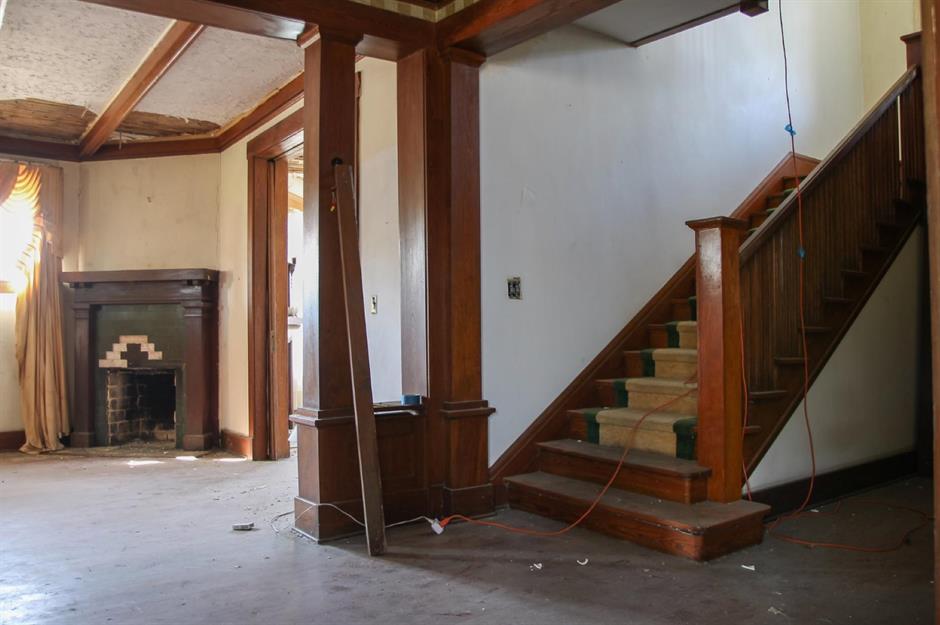
Renovated in the late 1970s and inhabited until 2006, the property has slowly decayed ever since and remains on the list of Jacksonville’s most endangered historic properties for 2024.
A non-profit began restoring the house in 2018 but work ceased due to the pandemic and sadly, the project has stalled in recent years. Hopefully, work will begin again soon and this tragic home will be returned to its former glory.
Marilyn Monroe’s Brentwood home, Los Angeles, California
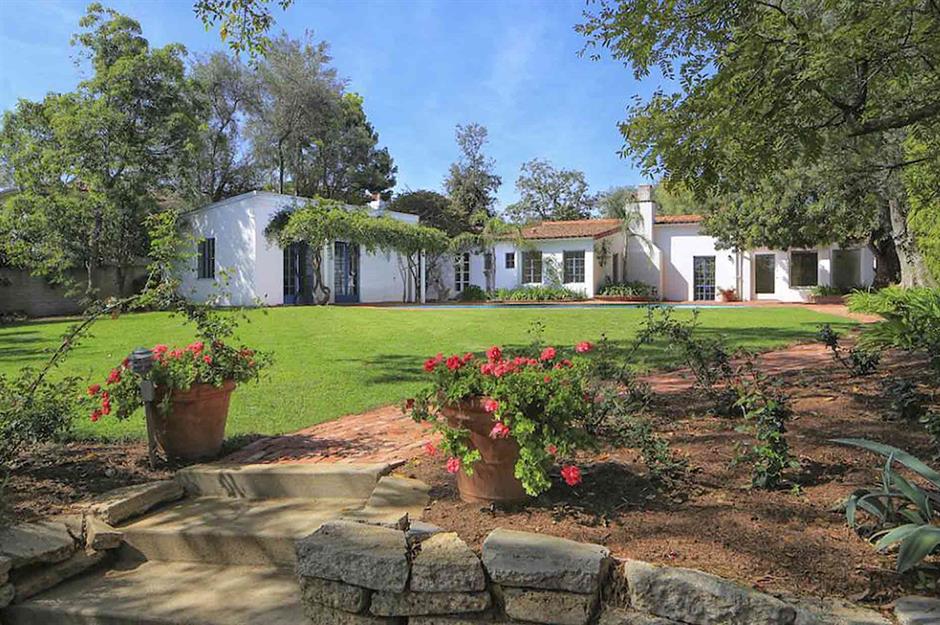
There was widespread outrage in September 2023 when it emerged that plans were in motion to demolish the final home of movie star Marilyn Monroe, where she died in August 1962.
The Some Like It Hot and Gentlemen Prefer Blondes star purchased the single-storey Brentwood house in February 1962 for around $75,000 after the end of her third marriage to playwright Arthur Miller. When adjusted for inflation, that amounts to $781,100 (£595k) in modern money.
The property is pictured here in more recent listing images supplied by TopTenRealEstateDeals.com.
Marilyn Monroe’s Brentwood home, Los Angeles, California
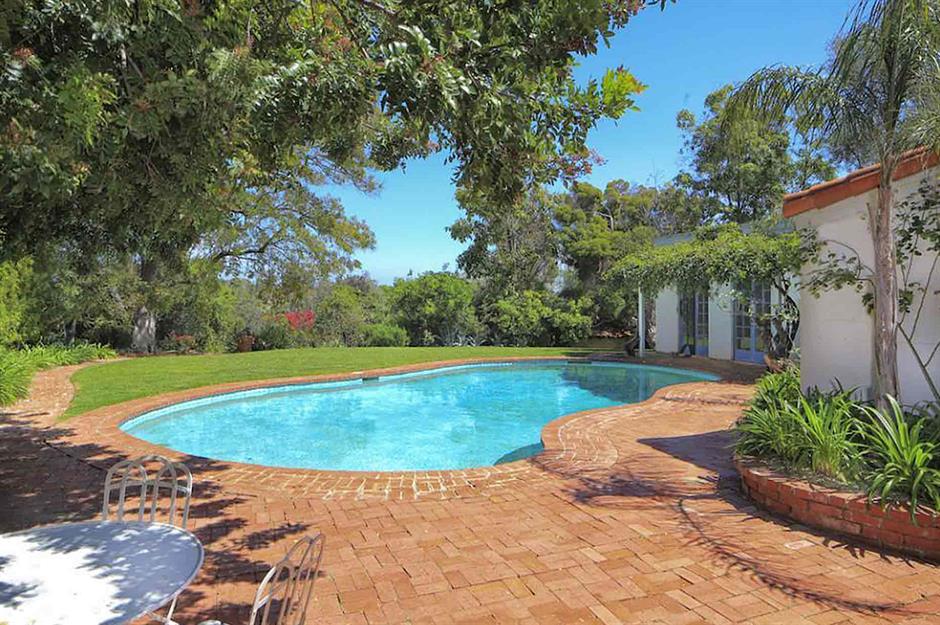
Fast-forward just over 60 years and in July 2023, the tragic home was purchased by a mysterious entity known as Glory of the Snow Trust for just over $8.3 million (£6.3m). The couple behind the entity has since been revealed as a wealthy heiress and a reality TV producer.
However, in September of the same year, news broke that the property's new owners intended to raze the house to make way for a new development. In response to the home's impending demolition, Los Angeles officials were forced to block the destruction of the four-bedroom hacienda-style property and consider it for a historic landmark designation.
Marilyn Monroe’s Brentwood home, Los Angeles, California

Preservationists say that the home is a piece of Hollywood history that needs protecting from redevelopment.
Despite her fame, the Spanish colonial-style home was the first and only property Marilyn ever owned. The star, who had spent part of her childhood in an orphanage and foster care, nicknamed the home 'Cursum Perficio', a Latin phrase which means 'My journey ends here'. The words are still thought to be etched on tiles on the front porch.
Marilyn Monroe’s Brentwood home, Los Angeles, California
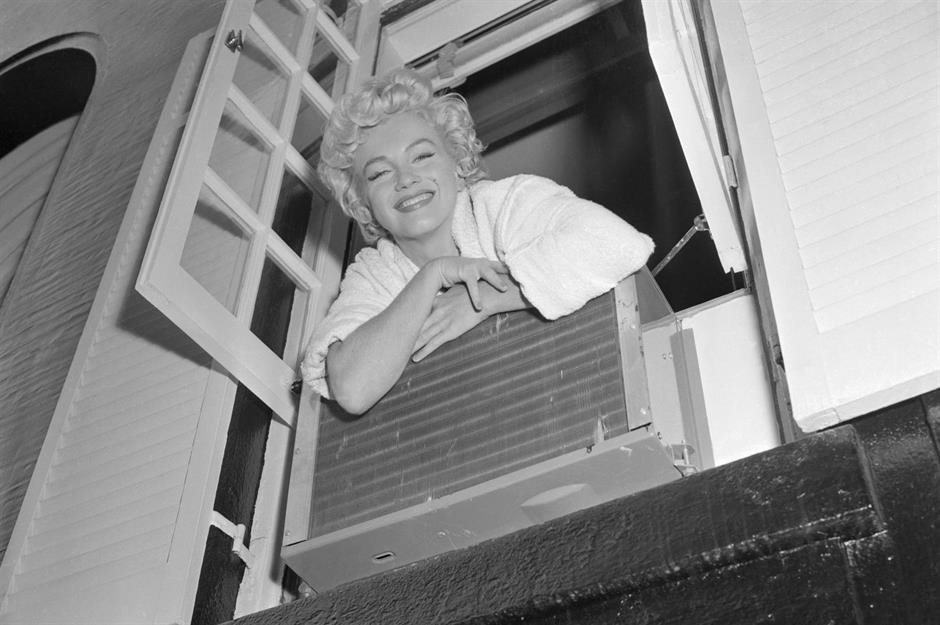
In June 2024, the home's future was finally secured. The Los Angeles Conservancy, a nonprofit dedicated to preserving historic buildings, broke the news on X: "The Marilyn Monroe Residence in Brentwood is now a Historic-Cultural Monument! Today, L.A. City Council unanimously approved the nomination for Marilyn Monroe's final home. Thanks to all who voiced their support and a HUGE thanks to Councilwoman Traci Park & team!"
Declared a protected landmark, plans for the site's redevelopment have been halted – at least for now. The property's new designation will trigger a strict review process should its owners seek a demolition permit again. But the future is still uncertain for this iconic Hollywood home...
Hudson-Athens Lighthouse, Athens, New York
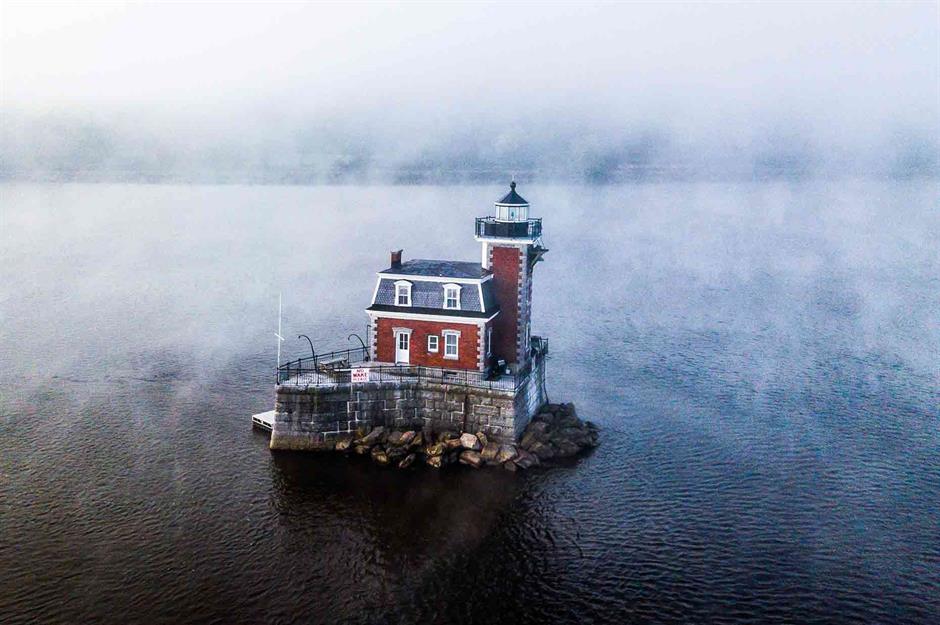
Declared one of America's most at-risk historic places in 2024 by the National Trust for Historic Preservation, New York's Hudson-Athens Lighthouse is a local landmark in peril. For more than 150 years, the structure has provided safe passage for boats traversing the Hudson River, as well as offering a unique home to lighthouse keepers and their families through the decades.
In the mid-19th century, the Hudson River was growing into an increasingly busy and hazardous shipping route. Consequently, Congress provided $35,000 in 1872 to fund the construction of a lighthouse. In modern money, that translates to around $902,300 (£689k) today. Work on the facility began in 1873 and the lighthouse was operational by November of the following year.
Hudson-Athens Lighthouse, Athens, New York
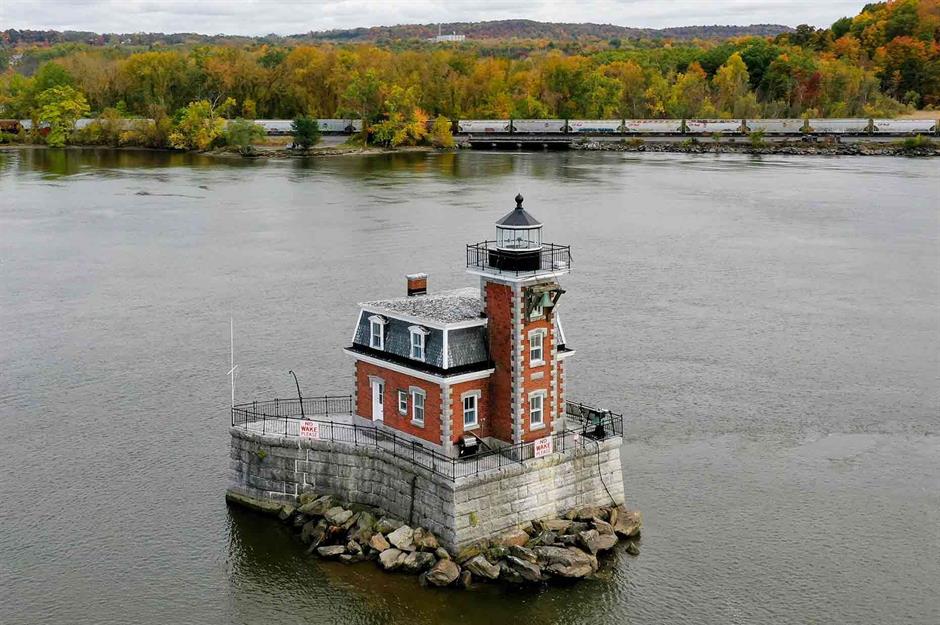
The 46-foot-high (14m) building seemingly floats on the surface of the water. In fact, the structure's foundation is built on some 200 wood pilings, which were driven 50 feet (15.2m) into the riverbed below and stabilised with rocks and densely packed earth.
Meanwhile, the lighthouse's ornate architecture was designed in the Second Empire style, combining an elegant mansard roof with decorative brickwork and limestone trimming.
Hudson-Athens Lighthouse, Athens, New York

The lighthouse was once a lifesaving facility, but it was also a welcoming home for generations of lighthouse keepers. The last full-time keeper to reside in the building was Emil Brunner, who lived in the lighthouse with his family prior to his retirement in 1949. Emil's daughter, Emily, shared memories of her time in this unusual home with local New York newspaper The Saratogian. She reminisced about rowing to school, navigating the icy river by foot in the winter and the lighthouse's rudimentary outhouse, which hung over the deck. “All the lighthouses on the Hudson River were built for families,” she told the publication. “We thought we lived in a mansion.”
However, decades of exposure to the brunt of the waves have taken a toll on the structure and it's now in urgent need of intervention.
Hudson-Athens Lighthouse, Athens, New York
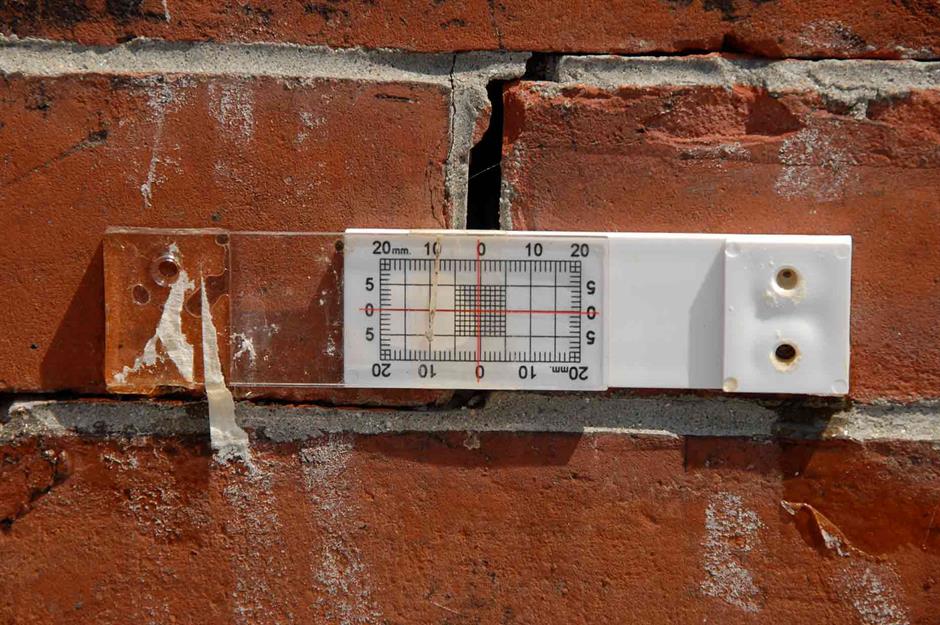
While two grants of $500,000 (£382k) will support the replacement of the roof and rectify cracks in the walls and windows, the lighthouse faces a larger problem. The structure was built to weather the traffic of 19th-century vessels, rather than powerful modern ships. Unfortunately, the force of more aggressive currents has caused the pilings beneath the foundations to deteriorate at an accelerated rate. An underwater sheet barrier has been proposed to protect the lighthouse, but this would require significant funding – as much as $10 million (£7.6m).
Pictured here is a mechanical strain gauge, which measures the growth of the foundation cracks. An engineering study conducted in 2022 concluded that the lighthouse could fall into the river in the next five years. Here's hoping this Hudson Valley landmark can be saved from the waves.
Eugene S. Pike House, Chicago, Illinois
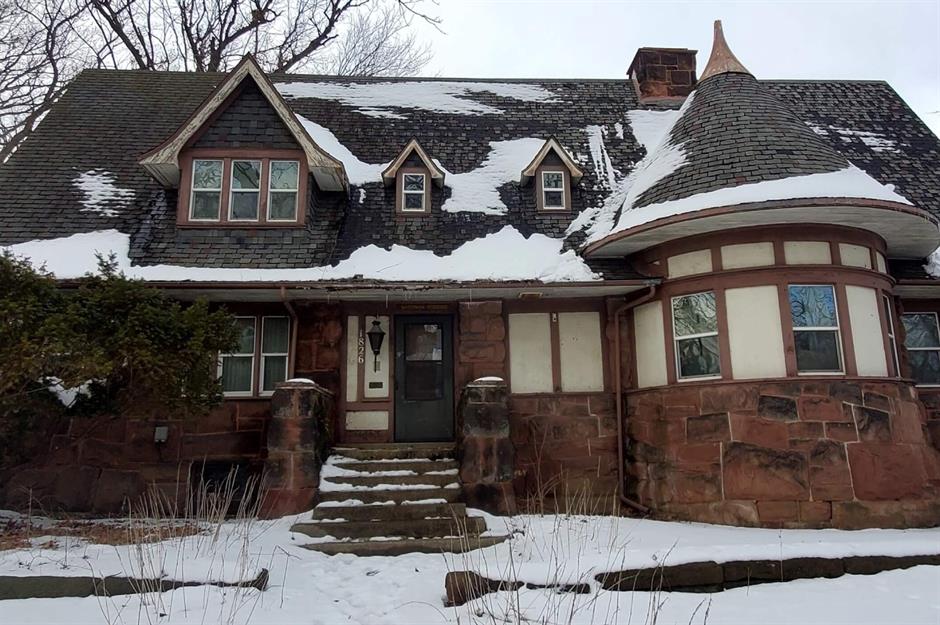
This attractive, late 19th-century residence can be found at the southern edge of the Dan Ryan Woods in Chicago and is part of the National Register-listed Ridge Historic District.
Once used as a 'Watchman’s Residence' for the Forest Preserve District of Cook County, the picturesque house now lies vacant and decaying. The vulnerable property was included in the 2022 list of the most endangered historic places in Illinois.
Eugene S. Pike House, Chicago, Illinois
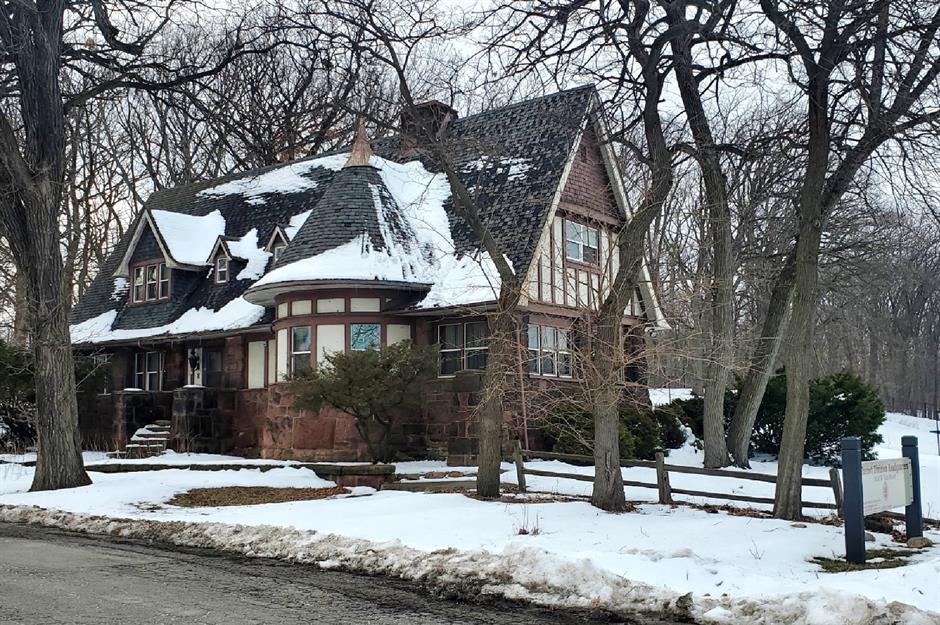
Built in 1894, the Tudor Revival-style house belonged to prominent Chicago real estate developer and financier Eugene S. Pike, who also played a large part in rebuilding the city following the Great Chicago Fire of 1871.
The now-dilapidated residence was designed by renowned architect Harry Hale Waterman, who worked in Joseph Lyman Silsbee’s office alongside architects Frank Lloyd Wright and George Maher, a notable period in architecture.
Eugene S. Pike House, Chicago, Illinois
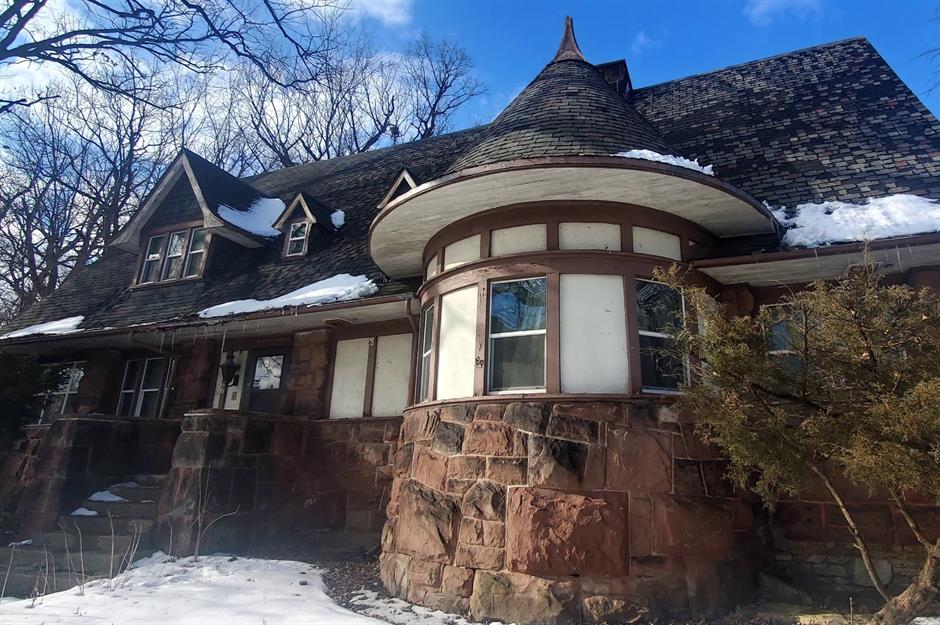
Originally, the building remained a part of Pike’s private estate at the edge of the woods before the house and its 32-acre (12.9ha) grounds were purchased by the Forest Preserve District of Cooks County (FPDCC) in 1921. It was then used as a superintendent’s office and later the Watchman’s Residence.
According to local newspaper The Beverly Review, records show that the cottage was home to German landscape gardener Frederick Schaefer and his family around 1900. Schaefer was lauded for his designs and counted royal families across Europe among his clients.
Eugene S. Pike House, Chicago, Illinois
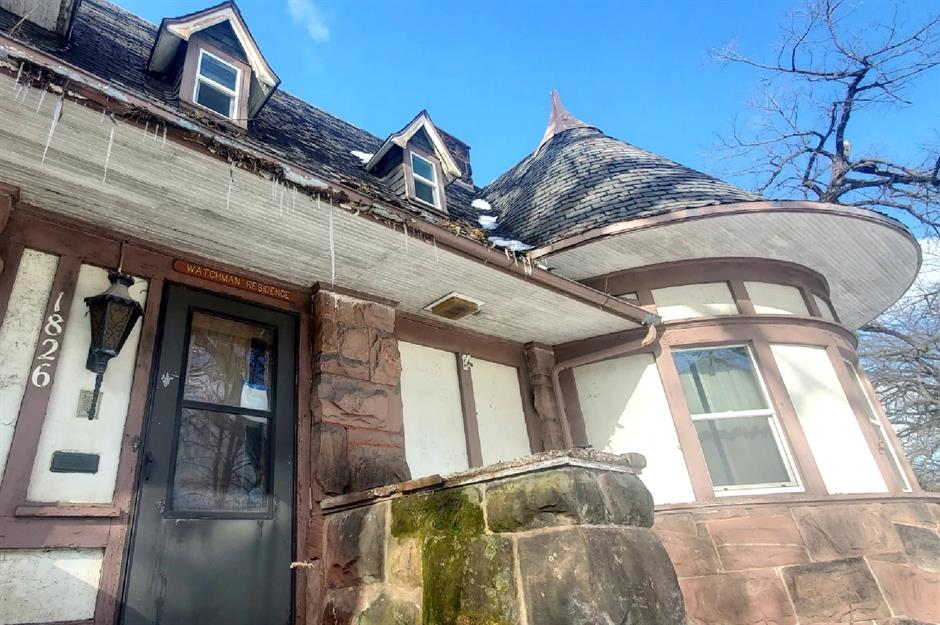
Having sat vacant and neglected for some years, the historical home has deteriorated significantly, but help appears to be on its way. According to reports, the Eugene S. Pike House Foundation, which was created in 2023, is now working to rescue the property. The organisation has joined forces with the Beverly Area Arts Alliance and the FPDCC to raise funds to protect the structure from demolition and turn it into a community cultural centre.
The ambitious vision for the renovation includes extensive structural rehabilitation. Once the building is sound, plans are afoot for the creation of exhibition and events spaces, as well as creative residences for artists, musicians and writers. Watch this space...
Luling Mansion, New Orleans, Louisiana
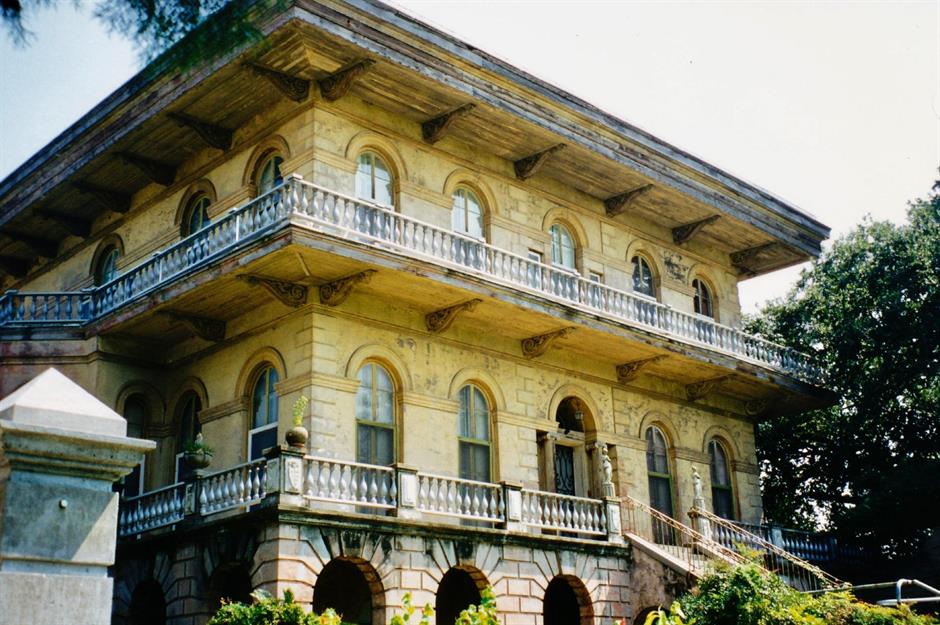
Previously one of Louisiana Landmarks Society's 'New Orleans Nine', the organisation's list of the area's most threatened buildings, Luling Mansion dates from 1865 and is one of the most notable Renaissance palazzo-style homes in the Southern United States.
Luling Mansion, New Orleans, Louisiana
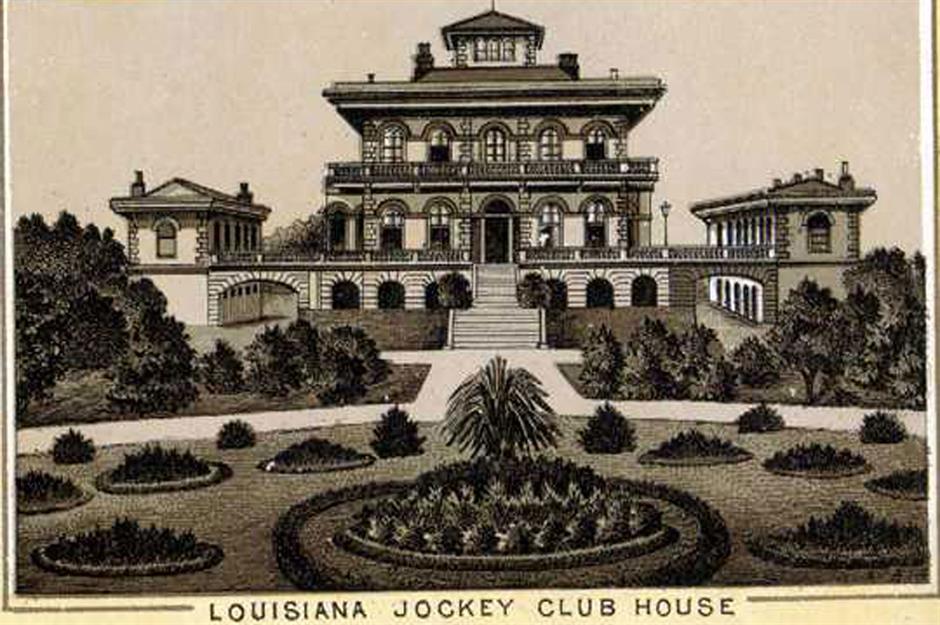
The impressive home was designed by James Gallier Jr. for cotton merchant Florence Luling. But disaster struck when not long after moving in, both of Luling’s sons drowned in one of the nearby waterways.
Following the tragedy, the Civil War devastated the Luling’s cotton business so the remaining family left for Europe, never to return to New Orleans. But before Florence left, she sold the home in 1871 to the Louisiana Jockey Club and the mansion was used as a clubhouse for several decades.
Luling Mansion, New Orleans, Louisiana

The Jockey Club left the building in 1905 and it was turned into private apartments. The 30 acres (12ha) of gardens were transformed into new streets and smaller family homes.
While the building itself has been owned by the same family since 1950, it's in desperate need of renovations, according to the Louisiana Landmarks Society.
Luling Mansion, New Orleans, Louisiana
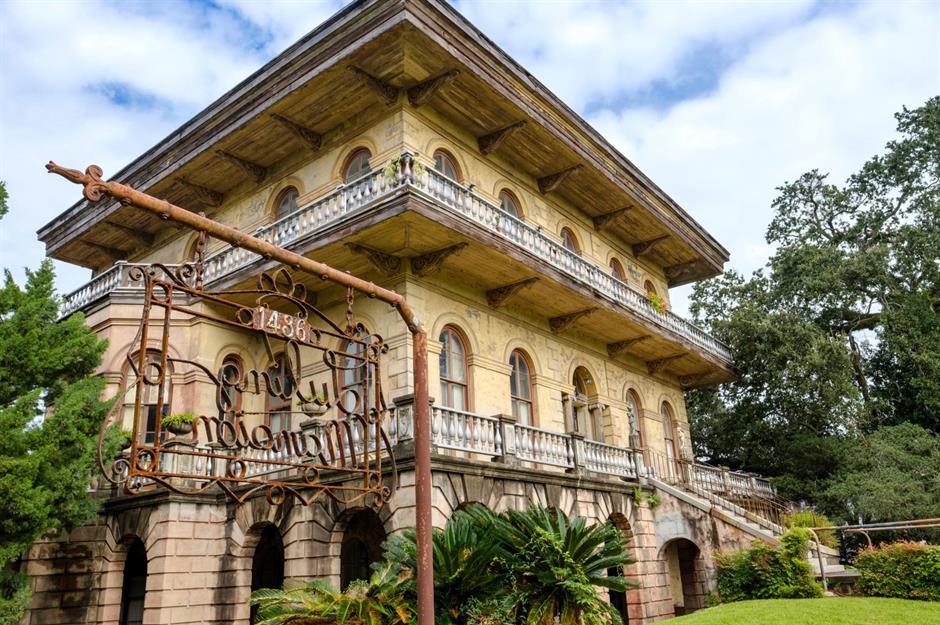
Maintenance of the structure has been poor in recent years and the building shows signs of water damage and decay. Action needs to be taken as soon as possible to stave off the rot and preserve the historic mansion for posterity.
Mary and Eliza Freeman Houses, Bridgeport, Connecticut

Built in 1848 for sisters Mary and Eliza Freeman, these clapboard houses in Connecticut are all that is left of Bridgeport's Little Liberia, one of the earliest settlements of free people of colour in pre-Civil War Connecticut history. Slavery was legal in the state for over 200 years and was officially outlawed in 1848.
Mary and Eliza Freeman Houses, Bridgeport, Connecticut
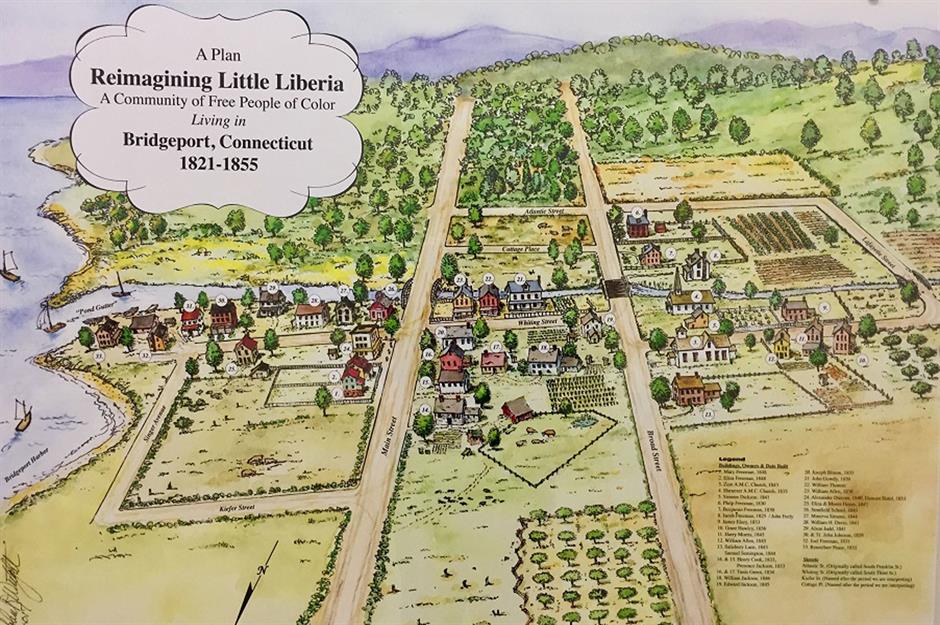
The properties provide a rare insight into the lives of free African Americans and Native Americans. The settlement prospered against the odds to create a thriving community, which boasted several well-appointed homes and businesses.
The drawing above shows roughly how the seaside village was laid out.
Mary and Eliza Freeman Houses, Bridgeport, Connecticut

This sketch shows how they would have looked in the 19th century. Left vacant for decades, the houses, which were designed in the Greek Revival and Italianate styles, have fallen into a sorry state of disrepair and featured on the National Trust for Historic Preservation's list of America's Most Endangered Historic Places in 2018.
Fortunately, the Mary and Eliza Freeman Center purchased the properties in 2010 and the organisation has worked tirelessly on restorations.
Mary and Eliza Freeman Houses, Bridgeport, Connecticut
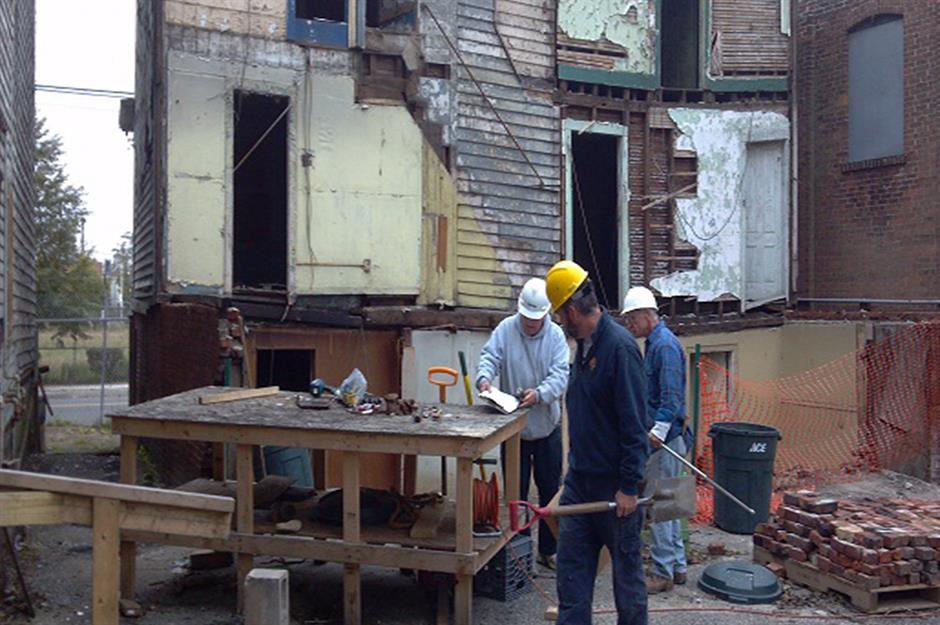
Although set back by the pandemic and rising building costs, the Freeman Center hopes to complete the restoration of Eliza's house by June 2025, according to Connecticut news publication the CTPost, after which it will become a gallery space and community hub.
The Mary Freeman House meanwhile, will operate as a museum, depicting the lives of Mary Freeman and her tenant, an African-American minister, assuming that sufficient funding is raised to pay for the major restoration works.
Wallace E. Pratt House, Salt Flat, Texas
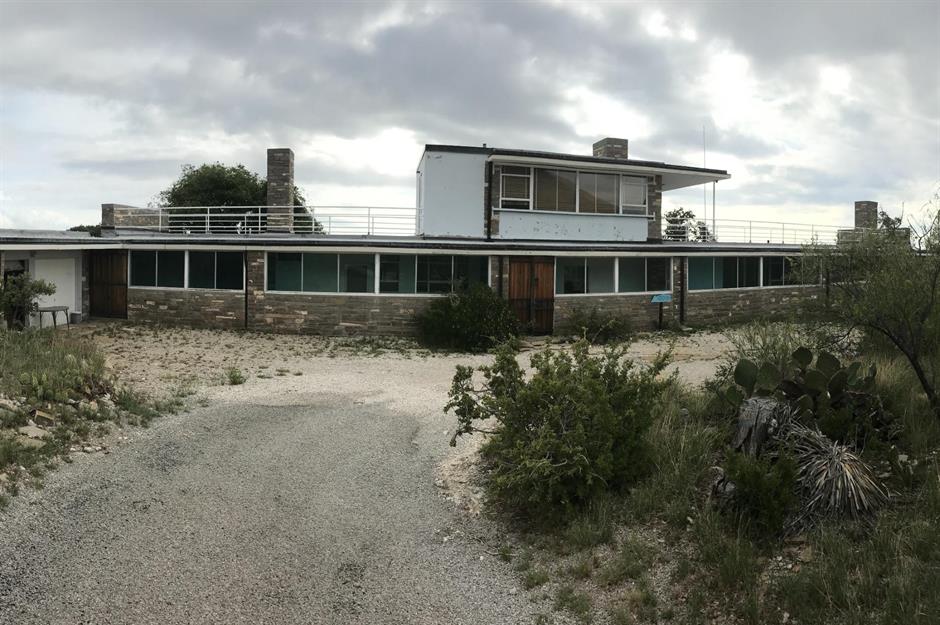
Also known as The Ship on the Desert, this modernist house in the Guadalupe Mountains National Park in Texas was featured on the National Trust for Historic Preservation's list of America's 11 Most Endangered Historic Places in 2018. However, not much in the way of restoration work seems to have happened since.
Wallace E. Pratt House, Salt Flat, Texas
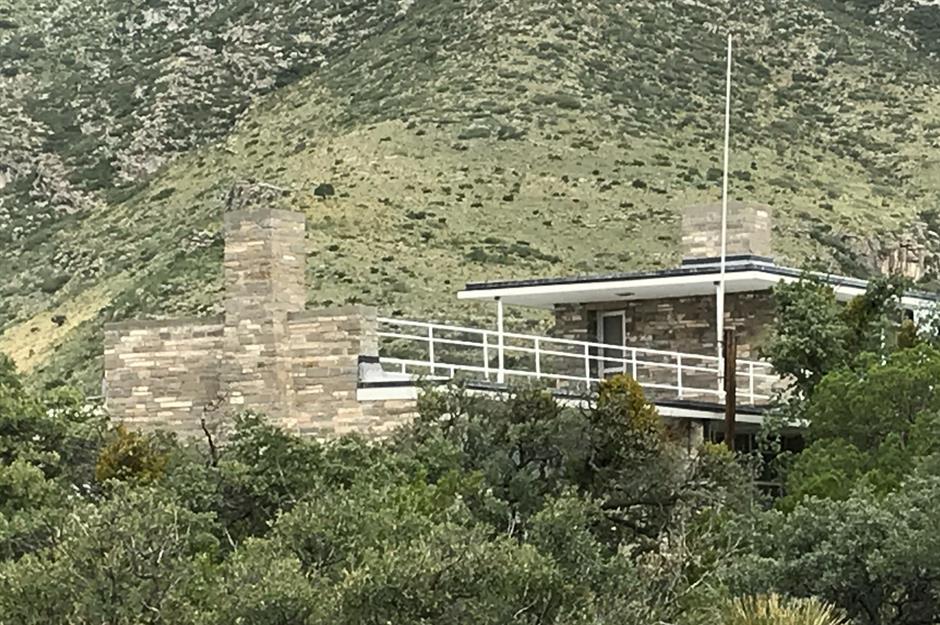
The house was built by geologist Wallace E. Pratt during the 1940s in the stark 'International' style, which was all the rage at the time. It seemingly floats above the high desert landscape like a ship and is the only manmade landmark in the area, surrounded by the beautiful wilderness.
Wallace E. Pratt House, Salt Flat, Texas
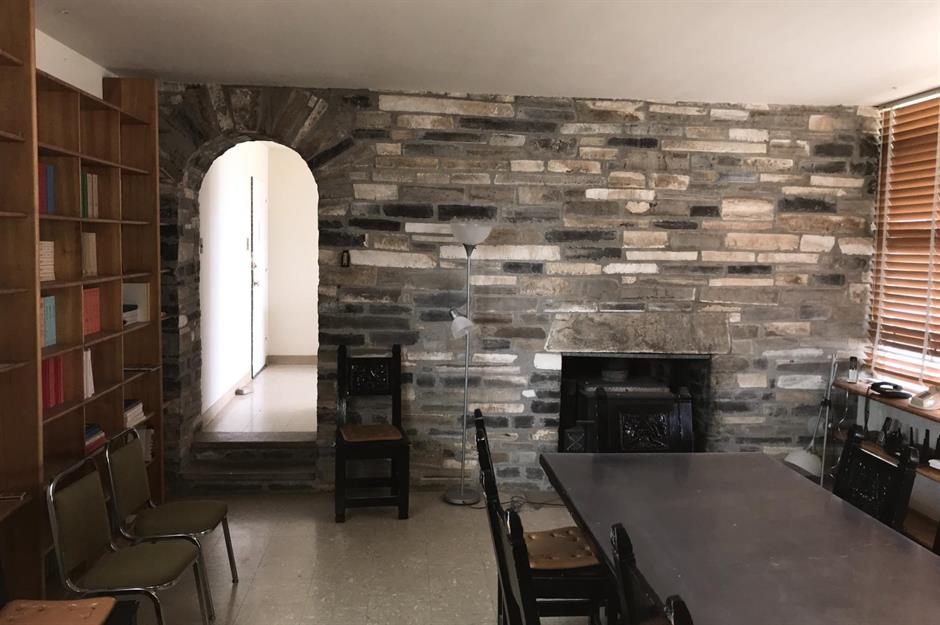
Pratt and his wife lived in the minimalist property until 1963 when it was donated to the National Park Service. The house was used as a residence for employees for a time. After that point, the home was occasionally opened up to the public for tours.
Wallace E. Pratt House, Salt Flat, Texas

Now off-limits to visitors, the William E. Pratt House is suffering from neglect and the National Trust for Historic Preservation is concerned that the structure may deteriorate further if remedial works aren't undertaken soon.
There could be hope on the horizon, however. In 2022 the park entered a partnership with the El Paso Community Foundation to raise funds to provide for the future restoration of the Ship on the Desert.
A. B. Seavey House, Saco, Maine
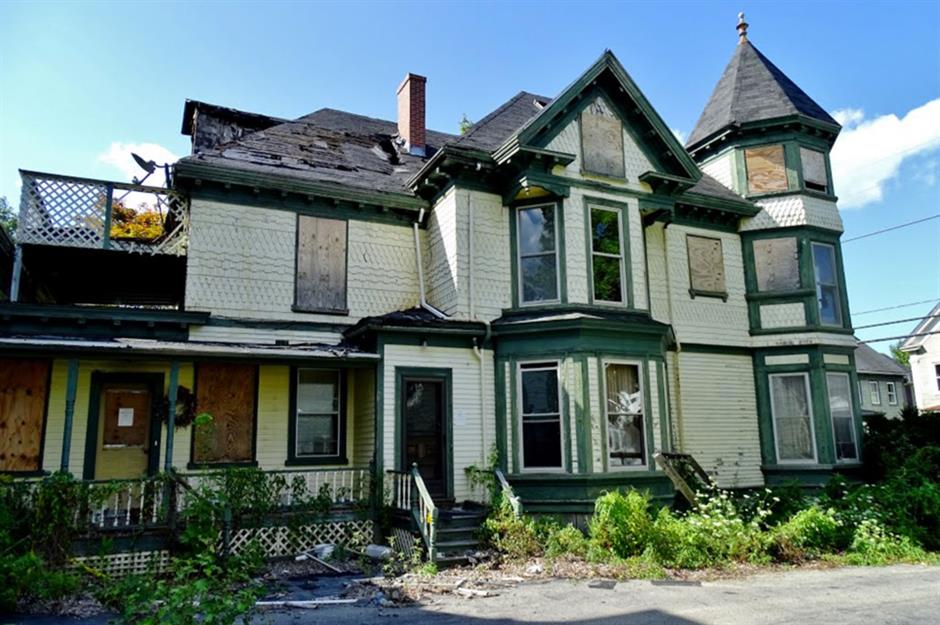
Not much has happened since the A. B. Seavey House in Saco featured on Maine Preservation's most endangered list in 2017. Constructed in 1890, the house is one of the best examples of Queen Anne Revival architecture in the city and is listed on the National Register of Historic Places.
A. B. Seavey House, Saco, Maine
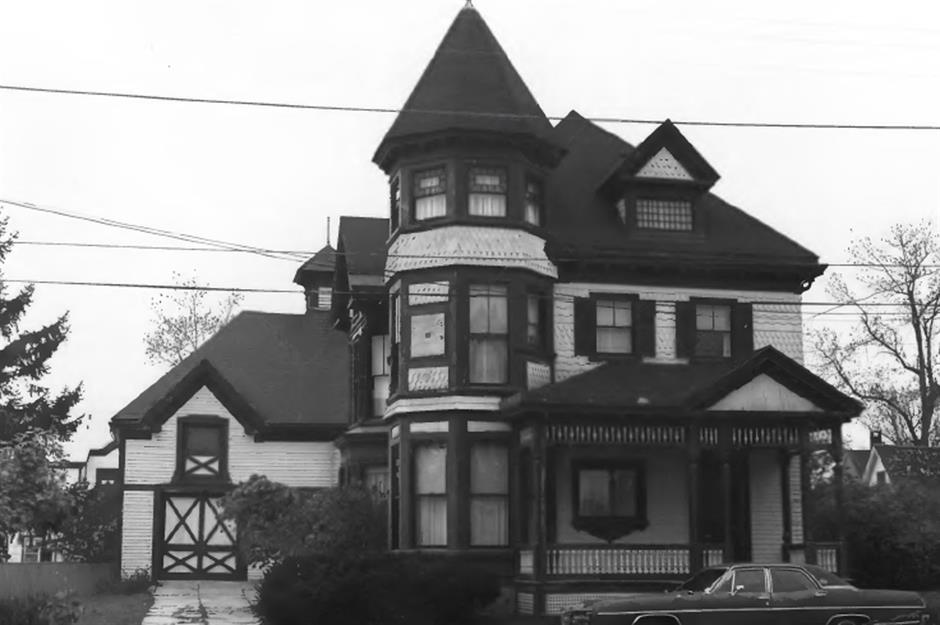
Exquisitely designed and constructed with quality materials, the clapboard house is considered a real gem by architectural experts and has been described as being 'elaborate without being pretentious'. It's not had the easiest of histories, however...
A. B. Seavey House, Saco, Maine
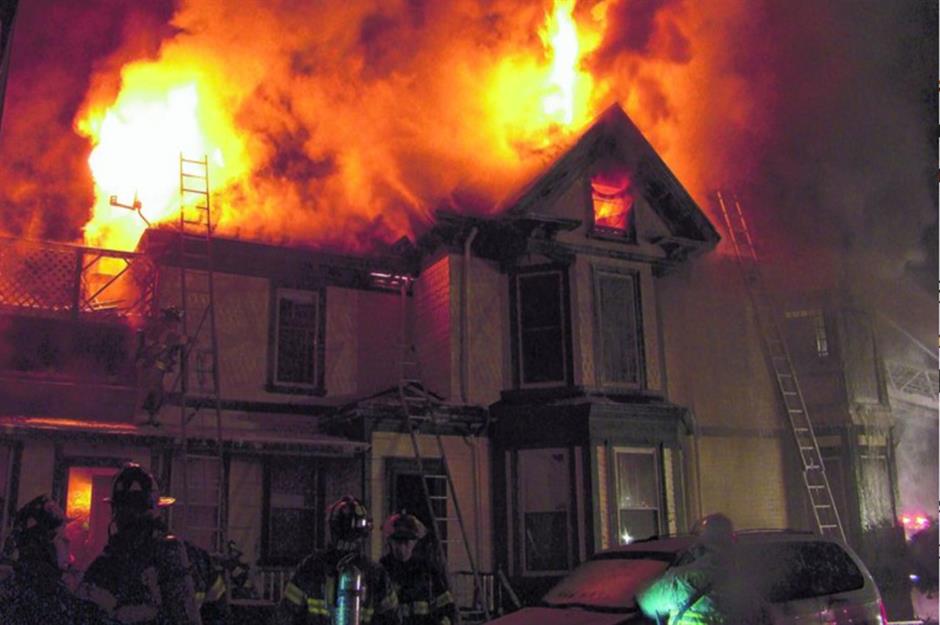
A major fire devastated the property in 2012, destroying much of the roof and third floor, while the first and second floors sustained smoke and water damage. Fortunately, much of the decorative detailing throughout the property remained intact. Following the fire, the house was acquired by the City of Saco with a view to carrying out extensive renovation work.
A. B. Seavey House, Saco, Maine
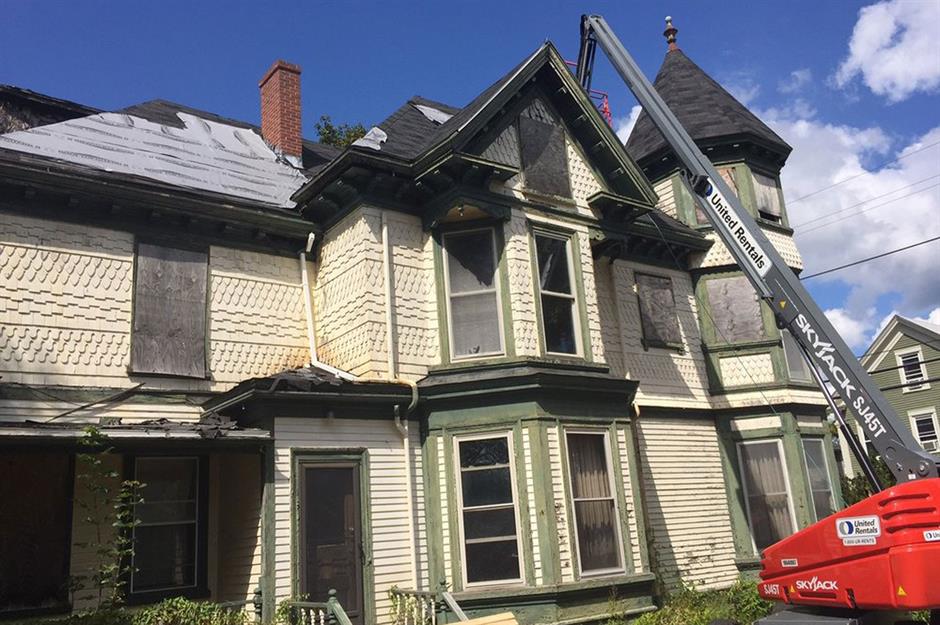
According to a report by the Portland Press Herald, Biddeford Housing Authority bought the house in 2020, with a plan to restore the house and provide homes for several families in the area.
Little has happened since the home changed hands, however. Biddeford Housing Authority still owns the property and continues to seek funding to convert it into a multi-unit site for the community’s emergency housing needs, according to Maine Preservation.
Jonathan Fisher House, Blue Hill, Maine
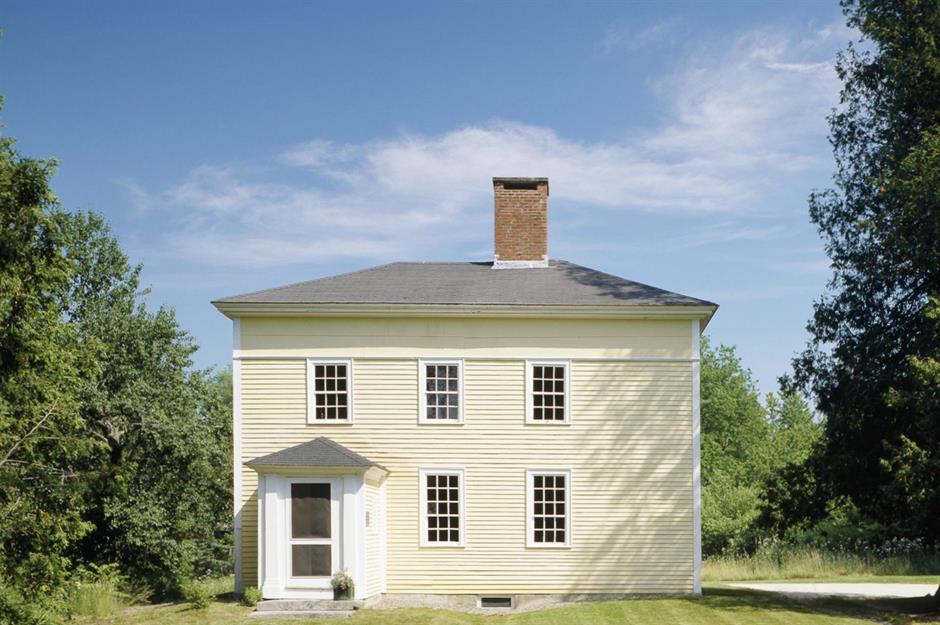
It may look like a picture-perfect cottage, but the Jonathan Fisher House has been identified as one of Maine’s most endangered historic places for 2023. The 19th-century plank-frame house was designed and largely built by Jonathan Fisher, the first settled minister of the town of Blue Hill. As well as a pastor, Fisher was an accomplished artist, cabinet maker, farmer, scientist, mathematician and writer of poetry and prose.
Sadly, his charming homestead is in peril and suffering extensive structural damage, which threatens its very existence.
Jonathan Fisher House, Blue Hill, Maine
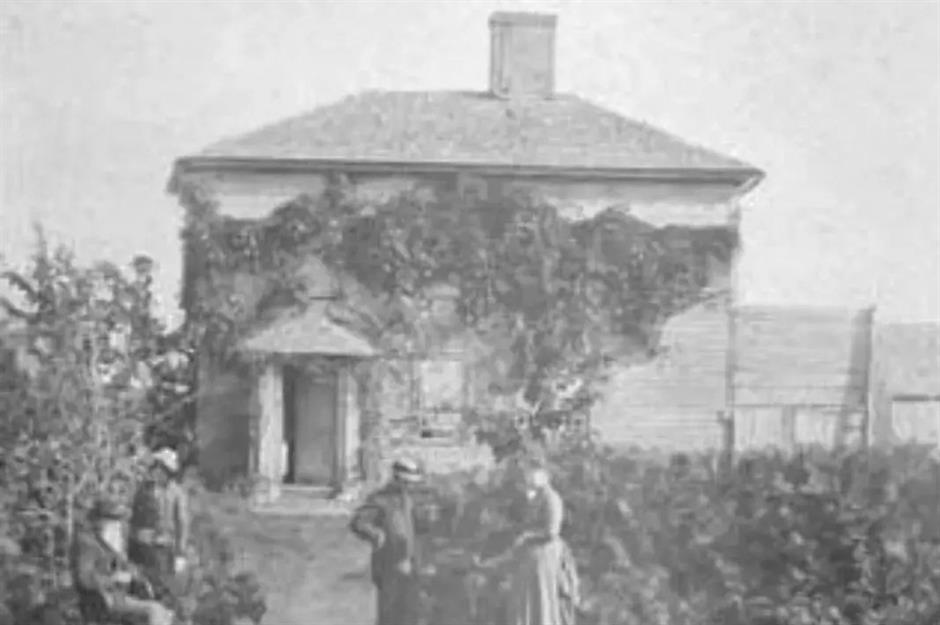
The small three-room house Fisher built when he first moved to Blue Hill with his wife Dolly in 1796 was extended in 1814 following the birth of their seven children.
This photograph taken in 1888 features Fisher’s descendants outside the house, which looks much as it does today. The home is now owned by a non-profit foundation, the Jonathan Fisher Memorial, and operates as a house museum.
Jonathan Fisher House, Blue Hill, Maine
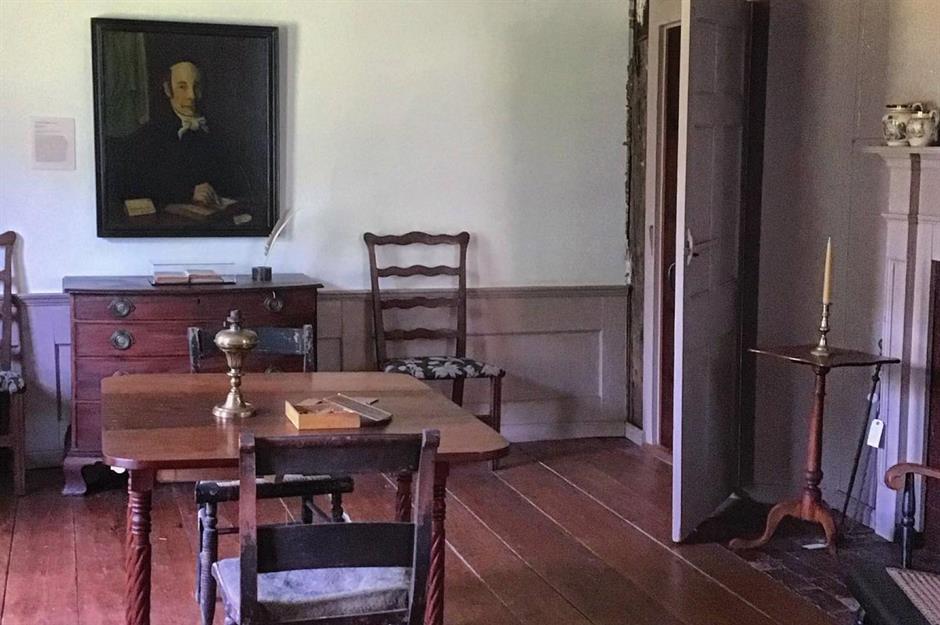
As well as building most of the furniture found throughout the house, not to mention the tools needed to fashion them, Fisher crafted furniture, painted signs and sleighs to sell for extra money.
He was a journalist for the local paper and was a well-known artist, producing oil paintings, watercolours and woodcut engravings that adorn the walls of his home to this day. All this alongside his daily job as a pastor and farmer of 300 acres (221ha).
Jonathan Fisher House, Blue Hill, Maine
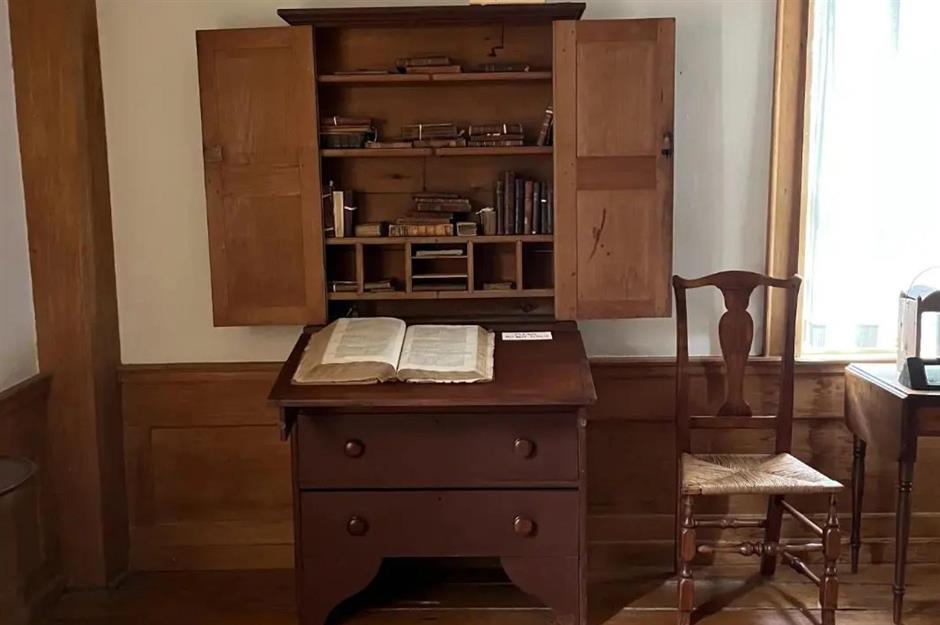
Now facing serious structural problems caused by age and long-term dampness, the house needs urgent attention. The unique plank-frame design is a rarity in historic houses but this makes it more exposed and vulnerable to the elements.
The home's board of directors commissioned a report on the condition of the timber framing, which was completed in 2022. Repairs to the walls, second floor, attic, roof and exterior have been recommended, with the total cost of repairs estimated at $829,625 (£633k).
Loved this? Discover the fascinating stories behind more incredible historic homes
Comments
Be the first to comment
Do you want to comment on this article? You need to be signed in for this feature